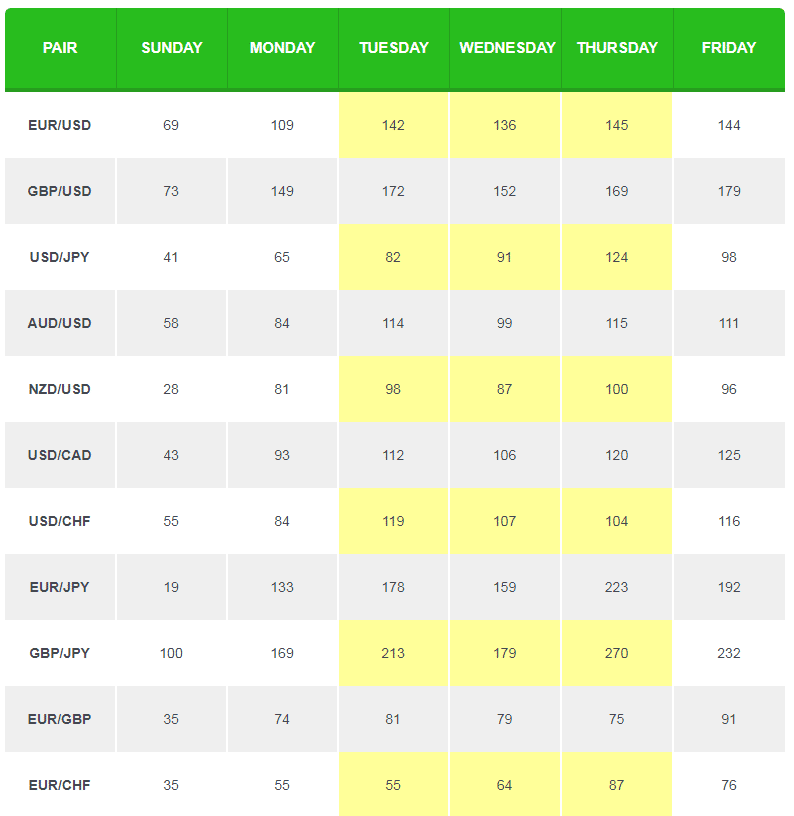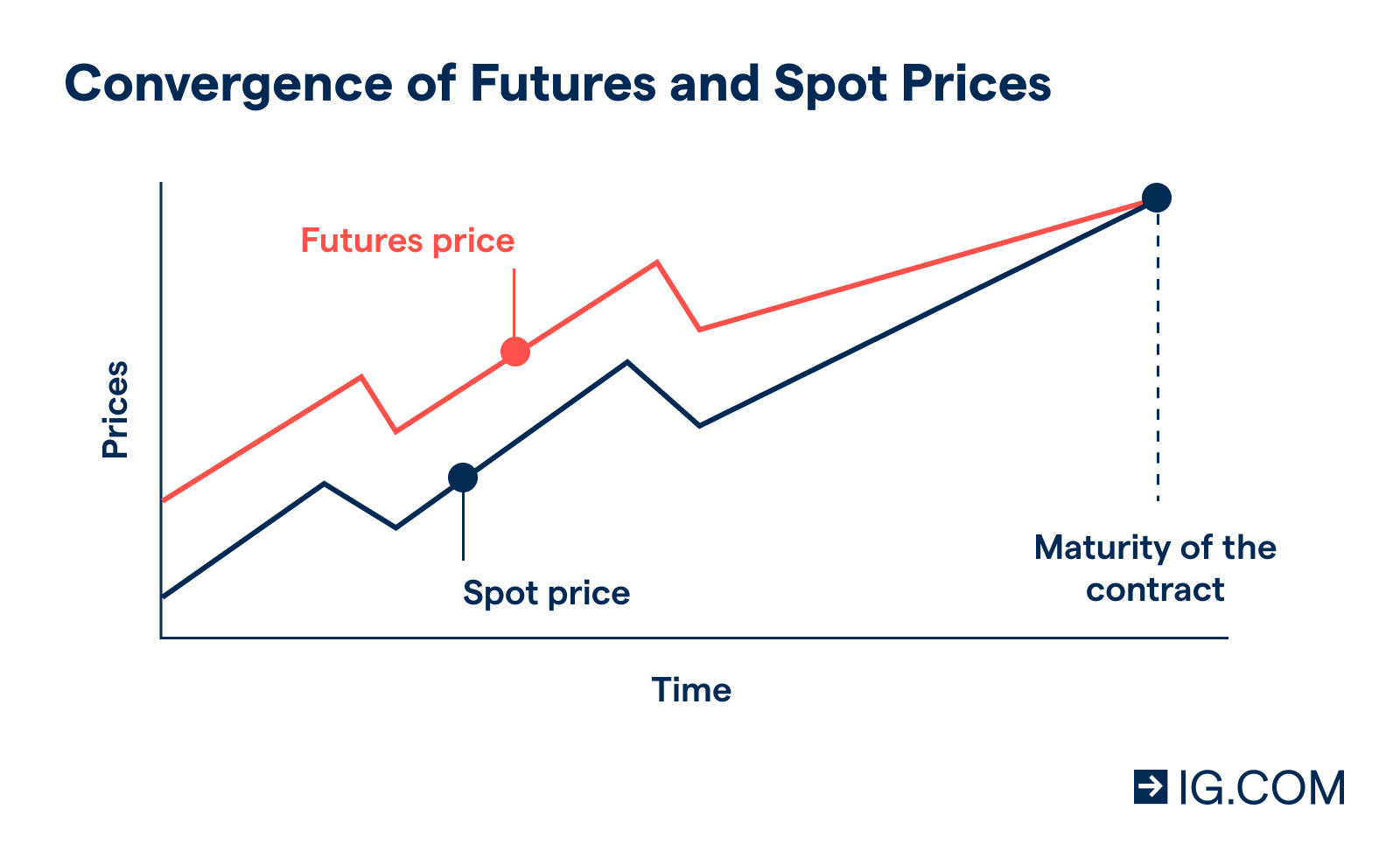
The infrastructure REIT asset class is internationally accepted. It is well-known for its liquidity and stable returns. It also has a low initial investment and is relatively insensitive to macro factors. Infrastructure REITs are able to revitalize assets. These characteristics allow them to improve social capital investment channels and increase the percentage of direct financing. They also foster the healthy development infrastructure investment financing financing. Infrastructure REITs make a great investment tool.
Rent increases
While the COVID-19 pandemic made it difficult for REITs and landlords to negotiate leases it has provided them with another option. The REIT can offer lease forbearance, which includes deferring or partially forgiving rent payments. However, the REIT must make sure that the agreement conforms to its rules. We will be discussing all options.

Easy re-leasing
It is possible to wonder if an infrastructure REIT investment is the right choice for you. You have many advantages when owning an infrastructure REIT. These include tax benefits as well as increased property values and ease of reselling. However, you need to be cautious when making your choice. Many REITs are not living up to their potential. You need to consider the REITs income potential in order to maximize your profits.
Low initial investment
If you're looking for an easy way to invest in real estate with low initial costs, infrastructure REITs could be the answer. With the right strategy, you can make an income stream that's easy to manage. While these investments do not guarantee high returns, they are an excellent option for long term investors. The investment process is straightforward, but investors need to be aware of the interest rates and the potential risks.
Low sensitivity to macro-factors
Changes in industrial production, inflation and the SKEW index (which measures the tail risk for S&P 500 returns) are not likely to affect REIT returns. While these macroeconomic factors are significant for a few REIT sectors, they are not correlated with REIT returns. The SKEW indicator has positive and detrimental impacts on both retail and office REITs returns. However, low sensitivity to macroeconomic factors is not universal.
Growth potential
The rising demand for property is an indication of the growth potential in infrastructure REIT. In the past, these investments have been dominated by investment in buildings, such as office towers and industrial parks. Recent changes have seen the industry shift to listed infrastructure. The industry's long-term track record shows its potential growth, and investors now have a better understanding about the fundamental characteristics listed infrastructure.

Risks
Business interruption is the biggest risk for an infrastructure REIT. Uninsured losses can cause this, which can increase the company's already-existing concerns. Nearly 97% of REITs rank business interruption among their top concerns. Many REITs underestimate the risk of business interruption. Sometimes, business interruption can cause catastrophic damage.
FAQ
Is stock a security that can be traded?
Stock is an investment vehicle where you can buy shares of companies to make money. This is done via a brokerage firm where you purchase stocks and bonds.
Direct investments in stocks and mutual funds are also possible. There are actually more than 50,000 mutual funds available.
These two approaches are different in that you make money differently. Direct investment earns you income from dividends that are paid by the company. Stock trading trades stocks and bonds to make a profit.
In both cases, you are purchasing ownership in a business or corporation. But, you can become a shareholder by purchasing a portion of a company. This allows you to receive dividends according to how much the company makes.
Stock trading is a way to make money. You can either short-sell (borrow) stock shares and hope the price drops below what you paid, or you could hold the shares and hope the value rises.
There are three types of stock trades: call, put, and exchange-traded funds. Call and put options give you the right to buy or sell a particular stock at a set price within a specified time period. ETFs can be compared to mutual funds in that they do not own individual securities but instead track a set number of stocks.
Stock trading is very popular because it allows investors to participate in the growth of a company without having to manage day-to-day operations.
Stock trading is a complex business that requires planning and a lot of research. However, the rewards can be great if you do it right. To pursue this career, you will need to be familiar with the basics in finance, accounting, economics, and other financial concepts.
Why is marketable security important?
The main purpose of an investment company is to provide investors with income from investments. It does this through investing its assets in various financial instruments such bonds, stocks, and other securities. These securities have attractive characteristics that investors will find appealing. They are considered safe because they are backed 100% by the issuer's faith and credit, they pay dividends or interest, offer growth potential, or they have tax advantages.
What security is considered "marketable" is the most important characteristic. This refers primarily to whether the security can be traded on a stock exchange. A broker charges a commission to purchase securities that are not marketable. Securities cannot be purchased and sold free of charge.
Marketable securities include corporate bonds and government bonds, preferred stocks and common stocks, convertible debts, unit trusts and real estate investment trusts. Money market funds and exchange-traded money are also available.
These securities are preferred by investment companies as they offer higher returns than more risky securities such as equities (shares).
What is the difference in the stock and securities markets?
The whole set of companies that trade shares on an exchange is called the securities market. This includes options, stocks, futures contracts and other financial instruments. Stock markets are typically divided into primary and secondary categories. The NYSE (New York Stock Exchange), and NASDAQ (National Association of Securities Dealers Automated Quotations) are examples of large stock markets. Secondary stock markets allow investors to trade privately on smaller exchanges. These include OTC Bulletin Board, Pink Sheets and Nasdaq SmallCap market.
Stock markets are important for their ability to allow individuals to purchase and sell shares of businesses. The value of shares is determined by their trading price. A company issues new shares to the public whenever it goes public. These newly issued shares give investors dividends. Dividends are payments that a corporation makes to shareholders.
In addition to providing a place for buyers and sellers, stock markets also serve as a tool for corporate governance. Boards of directors, elected by shareholders, oversee the management. They ensure managers adhere to ethical business practices. If a board fails to perform this function, the government may step in and replace the board.
How does inflation affect stock markets?
Inflation affects the stock markets because investors must pay more each year to buy goods and services. As prices rise, stocks fall. Stocks fall as a result.
Statistics
- Our focus on Main Street investors reflects the fact that American households own $38 trillion worth of equities, more than 59 percent of the U.S. equity market either directly or indirectly through mutual funds, retirement accounts, and other investments. (sec.gov)
- Even if you find talent for trading stocks, allocating more than 10% of your portfolio to an individual stock can expose your savings to too much volatility. (nerdwallet.com)
- Ratchet down that 10% if you don't yet have a healthy emergency fund and 10% to 15% of your income funneled into a retirement savings account. (nerdwallet.com)
- US resident who opens a new IBKR Pro individual or joint account receives a 0.25% rate reduction on margin loans. (nerdwallet.com)
External Links
How To
How to create a trading plan
A trading plan helps you manage your money effectively. This allows you to see how much money you have and what your goals might be.
Before you start a trading strategy, think about what you are trying to accomplish. You may wish to save money, earn interest, or spend less. If you're saving money you might choose to invest in bonds and shares. You can save interest by buying a house or opening a savings account. And if you want to spend less, perhaps you'd like to go on holiday or buy yourself something nice.
Once you know your financial goals, you will need to figure out how much you can afford to start. This depends on where you live and whether you have any debts or loans. You also need to consider how much you earn every month (or week). Income is what you get after taxes.
Next, you'll need to save enough money to cover your expenses. These include bills, rent, food, travel costs, and anything else you need to pay. Your monthly spending includes all these items.
You'll also need to determine how much you still have at the end the month. That's your net disposable income.
You're now able to determine how to spend your money the most efficiently.
To get started, you can download one on the internet. You could also ask someone who is familiar with investing to guide you in building one.
For example, here's a simple spreadsheet you can open in Microsoft Excel.
This shows all your income and spending so far. Notice that it includes your current bank balance and investment portfolio.
Here's another example. This was designed by a financial professional.
It shows you how to calculate the amount of risk you can afford to take.
Don't try and predict the future. Instead, think about how you can make your money work for you today.